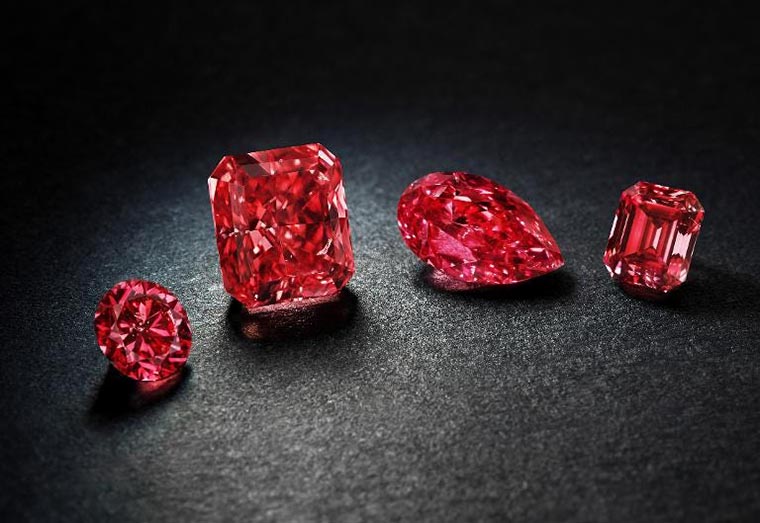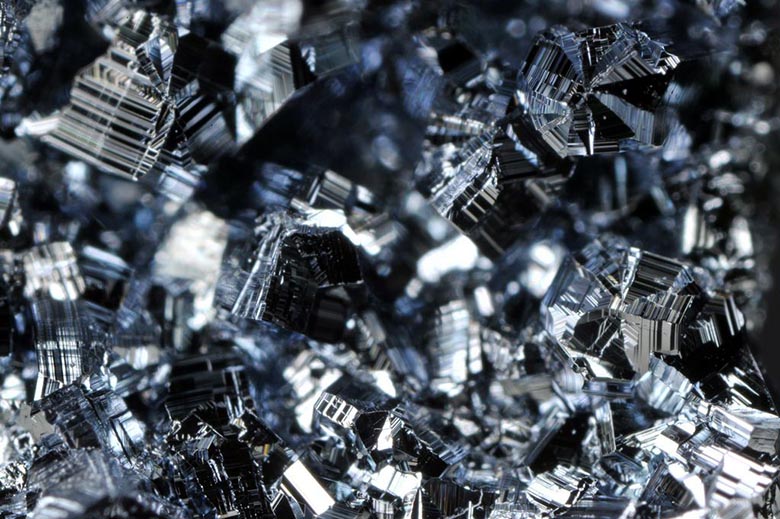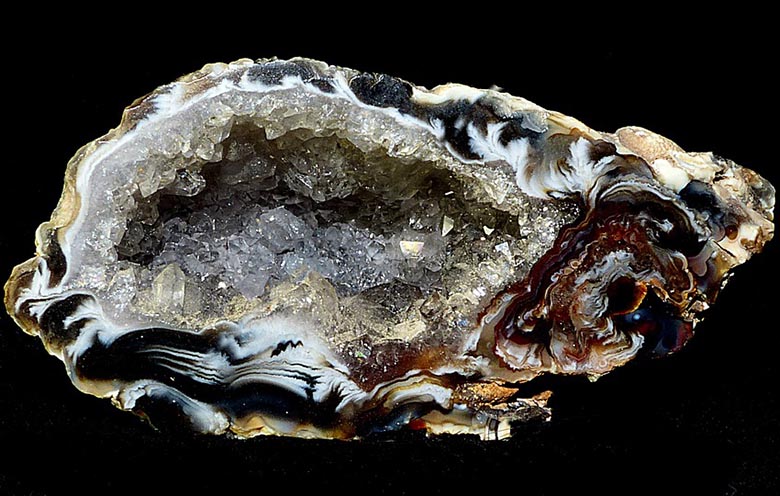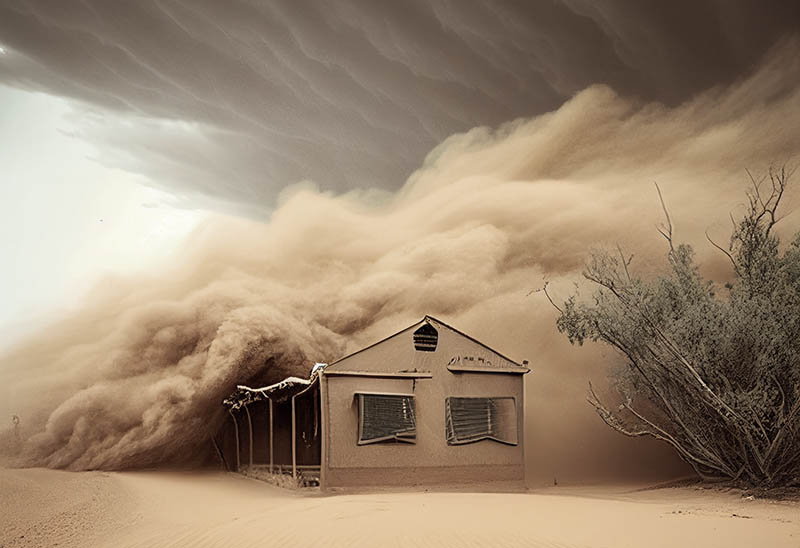Humankind has been using minerals since ancient times. They exist everywhere, both on Earth and on other planets. More precisely, the planets and some other celestial bodies are made of minerals.
- Most minerals are solids. But they can also be liquid and gaseous! If you vaporize, for example, a piece of granite, it will not cease to be a mineral.
- The hardest mineral in the world is diamond, but it is also amenable to processing. Moreover, for all its incredible hardness, it can be relatively easily split.
- The most common minerals in the Earth’s crust are feldspar. They make up about half of the total mass of the planetary crust of our planet.
- Almost all minerals consist of a mixture of various chemicals, such as, for example, all gems except for transparent diamonds. Diamonds are made of pure carbon, and the chemical composition doesn’t differ from ordinary coal.
- The mineral bridgmanite is the most common on Earth as a whole, at least in theory. Scientists claim that it makes up a decent fraction of the mass of our planet, but it is still impossible to verify this statement since bridgmanite is mainly located in the Earth’s mantle. It was also discovered in space, found on some asteroids.

- Some minerals are naturally radioactive. Like, for example, granite – that is why it is not used for interior decoration. Charoite, torbernite, and in some cases silicon can also be included in this list.
- Many precious stones are the same mineral, colored in different colors due to impurities. A good example is sapphires and rubies, which are corundum.
- Human eyes perceive the mineral alexandrite, named after the Russian Emperor Alexander I, very strangely. Depending on the lighting, it may appear red, green, or even purple.
- The lightest mineral on earth is cryolite, which, according to chemists, consists mainly of sodium compounds. There are only a few deposits of it in the world, so cryolite is produced mainly artificially.
- The most popular and widely consumed mineral in the world is oil. Millions of barrels of old are extracted from the earth’s bowels every day, then sent for processing.
- The densest mineral is not diamond, but osmium. Scientists, however, still argue what is denser, osmium or iridium, but recent studies show that osmium is quite slightly superior to iridium in this parameter.
- Some minerals belong to the rock-forming ones – which means that they are present as a permanent and important component in a variety of rocks. The largest group of rock-forming minerals are silicates, they account for about 75% of the mass of the Earth’s crust. Feldspars belong specifically to silicates.
- The most resistant of the minerals widely used in construction is granite. Buildings constructed from it can stand for hundreds or even thousands of years, successfully resisting erosion.
- The most common mineral on the Earth’s surface is quartz. In its pure form, it is not often found, but it is part of many rocks, including the aforementioned granite. In other words, quartz is a polymorphic modification of silicon dioxide.
- Some minerals are afraid of sunlight, more precisely, of ultraviolet radiation. For example, topazes fade and fade relatively quickly in the sun.

- The exact definition of a mineral is under discussion, especially with regard to the requirement that the permissible species be abiogenic, and to a lesser extent with regard to its having an ordered atomic structure.
- There are more than 5,300 known types of minerals; more than 5,070 of them have been approved by the International Mineralogical Association (IMA).
- Minerals are different from rocks. A mineral is a chemical compound with a given composition and a certain crystal structure. A rock is a mixture of one or more minerals in various proportions.
- People use minerals for many everyday purposes. Every time people turn on the microwave or TV, minerals are used. The copper in the wires that supply electricity to the car is made of minerals. Table salt, or halite, is another mineral that people use in their daily lives.
- Eight elements make up the majority of the key components of minerals due to their abundance in the earth’s crust. These eight elements, which make up more than 98% of the Earth’s crust by weight, are arranged in descending order of abundance: oxygen, silicon, aluminum, iron, magnesium, calcium, sodium, and potassium.


